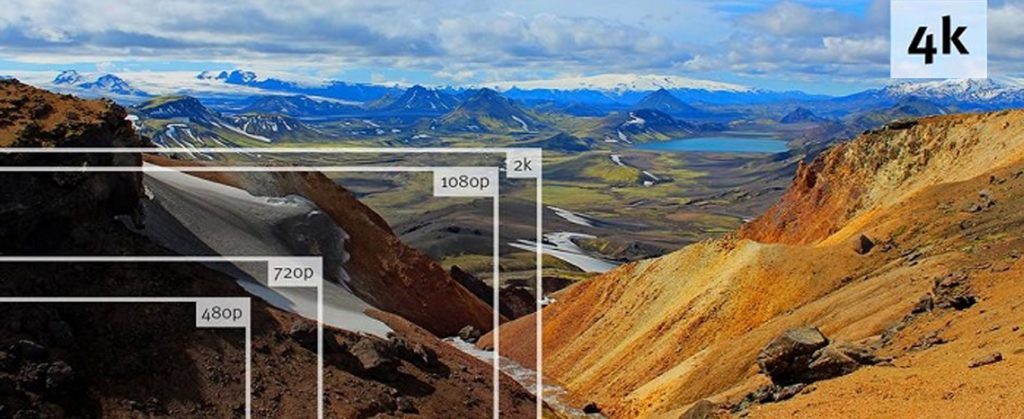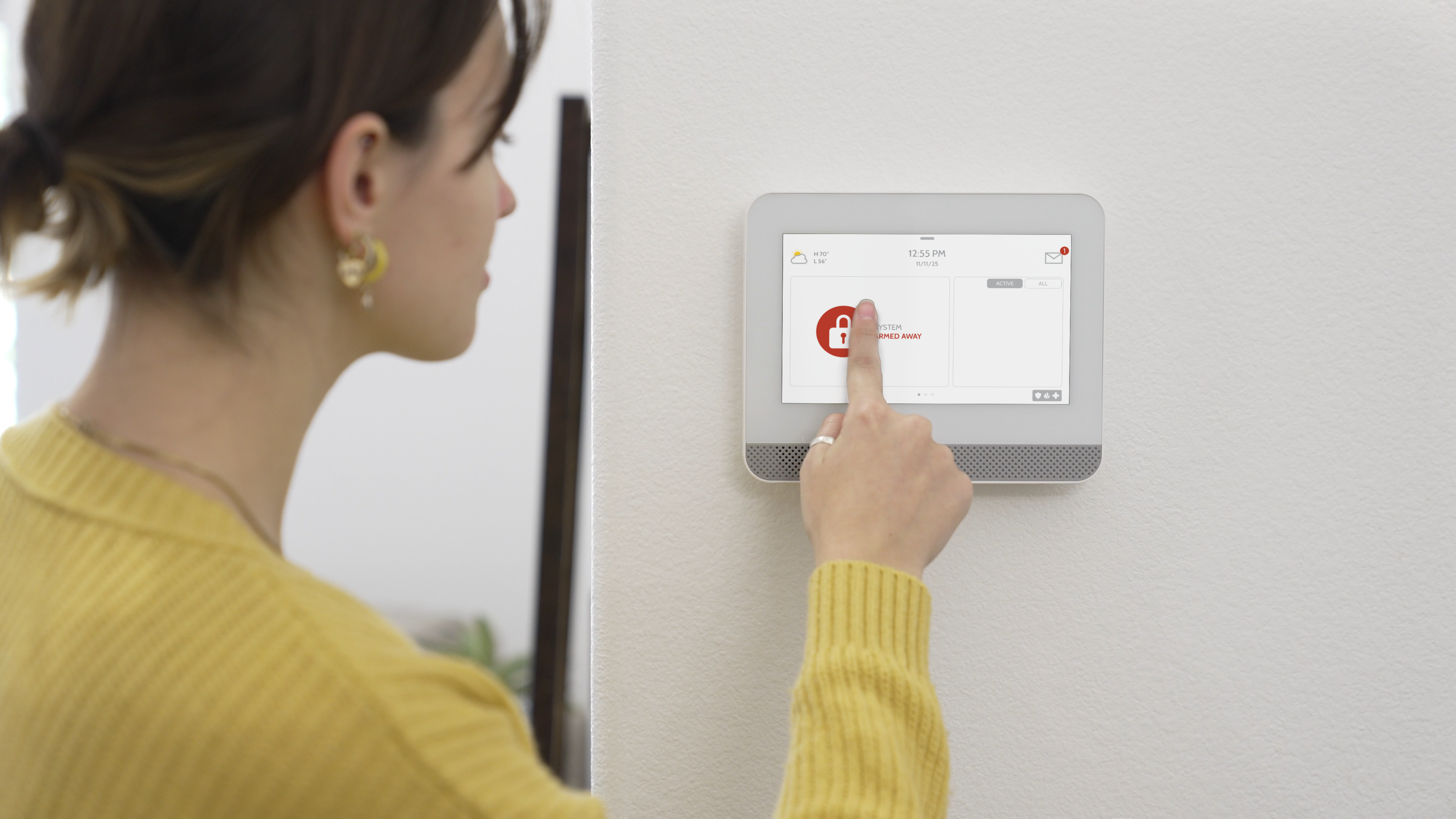Security cameras have become an essential part of our lives, whether for residential or commercial purposes. The quality of the security camera footage is crucial in identifying intruders or suspects in case of a security breach. In this article, we will explore the various types of security camera resolutions and explain why more or less resolution might be important, with a specific focus on Pixels per Foot (PPF).
Types of Security Camera Resolutions
- Standard Definition (SD)
Standard Definition (SD) cameras are the oldest and least expensive cameras available in the market. They provide a resolution of 720×480 pixels, which is lower than other available options. Although these cameras can still capture usable footage, their resolution is not sufficient to identify small details, such as facial features or license plates.
- High Definition (HD)
High Definition (HD) cameras have revolutionized the security camera industry. These cameras provide a resolution of 1920×1080 pixels, which is five times the resolution of SD cameras. HD cameras are now the standard in most modern security systems. They capture clear and detailed footage, which is essential in identifying intruders and suspects.
- Full High Definition (Full HD)
Full High Definition (Full HD) cameras provide even higher resolution than HD cameras. They capture footage at a resolution of 2560×1440 pixels, which is almost twice the resolution of HD cameras. Full HD cameras are ideal for large commercial properties and institutions that require highly detailed footage to identify suspects.
- Ultra High Definition (UHD)
Ultra High Definition (UHD) cameras are the latest technology in the security camera industry. They capture footage at a resolution of 3840×2160 pixels, which is four times the resolution of Full HD cameras. UHD cameras provide highly detailed footage that can capture the smallest of details, such as tattoos or scars. They are ideal for highly secure locations, such as government buildings or airports.
Why More or Less Resolution Might be Important?
The resolution of a security camera is critical in identifying intruders and suspects. Low-resolution cameras may not capture clear images of the perpetrators, which may hinder their identification. High-resolution cameras, on the other hand, capture detailed footage that can help authorities identify suspects with greater accuracy.
Another factor to consider when choosing a security camera is the area it will cover. A larger area will require a camera with higher resolution to capture more details. A smaller area may not require such high resolution cameras.
Pixels per Foot (PPF) is an important factor to consider when selecting a security camera. PPF is the number of pixels that a camera can capture in a single foot of space. The higher the PPF, the clearer the image of an object or person captured by the camera. The recommended PPF for a security camera depends on the area it covers and the level of detail required. For example, a camera covering a large parking lot may require a lower PPF, while a camera covering a small entrance may require a higher PPF to capture facial features.
NexGen Digital Solutions is a service provider that offers a wide range of security cameras to suit the needs of their clients. They offer a range of security cameras with varying resolutions, from SD to UHD, to meet the needs of their clients. They also provide installation and maintenance services for their cameras to ensure their clients’ security systems are always in good working condition.
NexGen Digital Solutions understands the importance of PPF when selecting a security camera. They can help their clients determine the right PPF for their security cameras based on their specific requirements. They offer cameras with varying PPF to meet the needs of their clients and can assist in finding the optimal balance between camera resolution and PPF.




